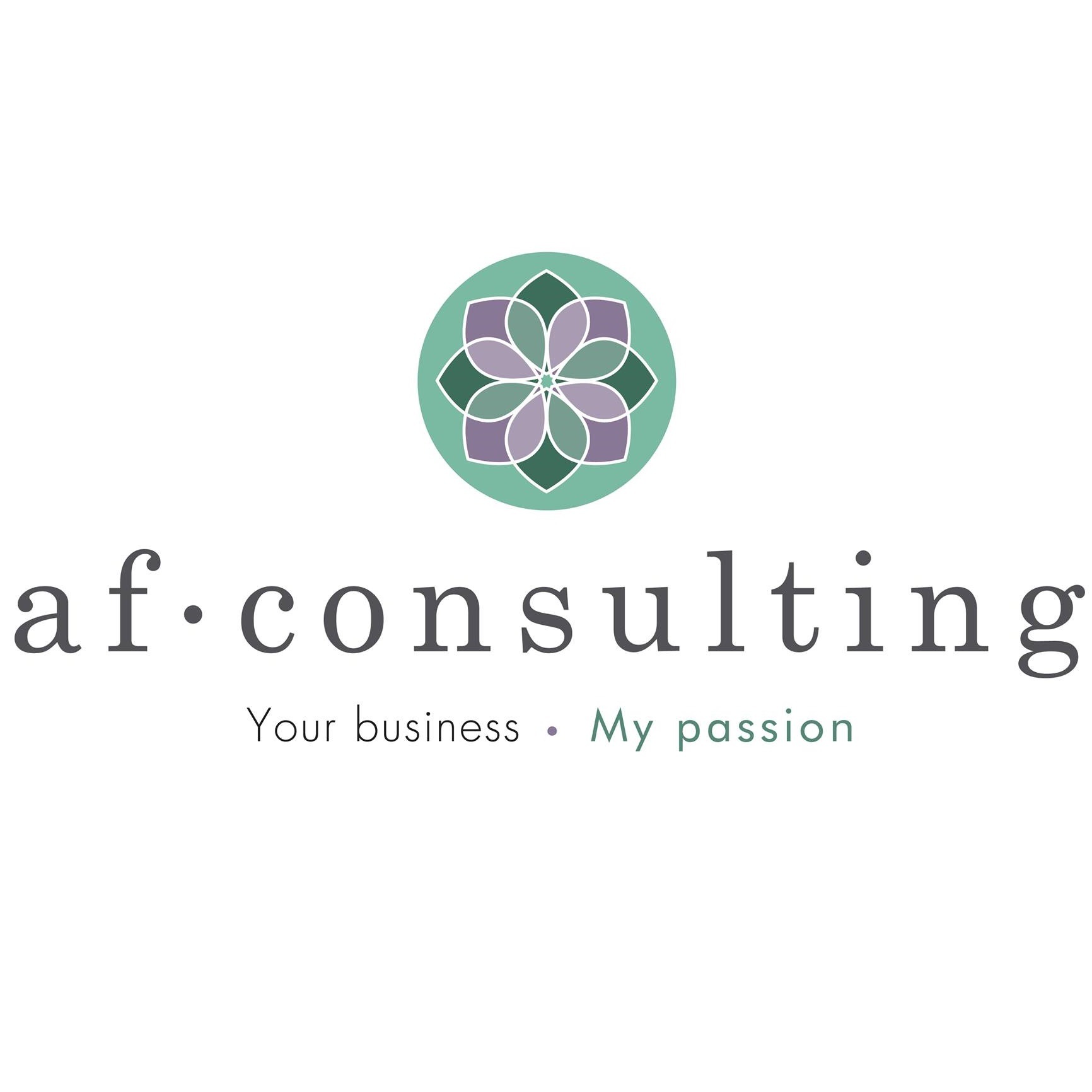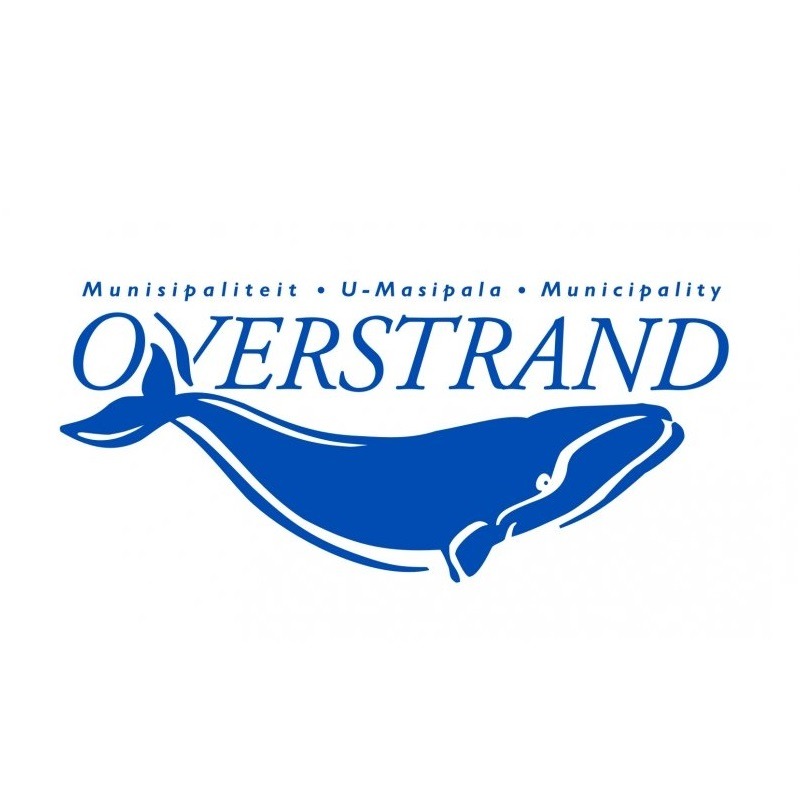Onboarding Process
What is the onboarding process and do we need it?
Dear Business Partner,
I want to ask you about your ONBOARDING or (WR)ONBOARDING process. The past few weeks I have focused a lot on the interview process. The next important step is the ONBOARDING process.
Onboarding or Induction you might ask? Induction can be one day and does not last more than a week. Onboarding can begin even before a person’s first day at work and lasts for weeks and months. It is the action of integrating a new employee into an organisation.
So, what is the benefit of onboarding? This is a process I get really excited about. As excited, I would get about a Beagle puppy or my dream car or an oversees holiday in one of my bucket list countries, which by the way is Denmark or Croatia.
Onboarding reduces first day nervousness. Imagine that feeling when you must move to a foreign country or even a new province. Or for some of you this might be the same feeling as when you must attend a networking event.
The benefits of onboarding being done the right way is:
1. Increased employee retention – remember, employee retention starts on Day 1.
2. Improved employee engagement – the employee onboarding process shows the employee that you are committed.
3. Increased productivity – the better and more effective the process, the sooner you will start seeing results. It helps the employee understands the company culture and where they fit in.
What to include in your onboarding process?

1. A welcome message from the CEO – this can be an in-person message or a video recording.
2. A kit with all the documentation – their contract, a form for them to complete with all their personal details and all the paperwork HR would need.
3. Ready their workstation – arrange with IT for their email address, get their computer logins. Make sure they have the stationary they need. All of this can be done and ready for their first day and will make them feel valued. Name tag, if this is something you use in your company, keys or biometrics and a tour through the company.
4. Introduction to the company – explain the history of the company, the values, goals, objectives, products and services, organisation structure and how the departments interact with each other. Here you can also include the vision and the mission statements.
5. Welcome them to the team.
6. Introduction to the new role – explain to them how they fit in and how their contribution impacts the company. Here you can also elaborate on the company policies, code of conduct, dress code, usage of cell phones, smoking policies, etc.
7. Health and safety measures – here you can introduce them to your health and safety plan and make sure that they comply. Also explain about the emergency exits etc. Determine if they need any health and safety training.
8. Have an onboarding plan ready – you might want to spread this out over a week or longer and group sessions by topic.
9. State the expectations of the job – introduce them to the project they are hired for.
10. Ask for feedback – it is always good for us to get feedback. This way you will know if your process is successful or might need some tweaking.
Onboarding can be used when an employee is transferred or promoted or when people are returning to work after a long period of being off. Even for temporary or casual staff.
PRO TIP: Assign the employee to a mentor or a buddy. Prepare a sheet for them where they can ask for something should they need it. In the beginning employees might be shy to ask and you want them to have the tools they need to do the best job from the start.
If you have any questions or need assistance with the Onboarding Process (or even Interviews), you are very welcome to contact me today.












































